EN
Regular Checklist for Aerial Lift Inspections
Regular Checklist for Aerial Lift Inspections
Oct 09, 2024
Regular maintenance and inspection of aerial lifts are crucial for ensuring safe and efficient operation while preventing accidents and maintaining optimal performance. Following manufacturer guidelines and addressing issues promptly can reduce malfunctions and extend the truck's lifespan.
1.Key Inspection Ⅰ: Ensure Daily Lubrication
Lubricate the joints and any moving parts of the work vehicle with the lubricating grease specified by the manufacturer.
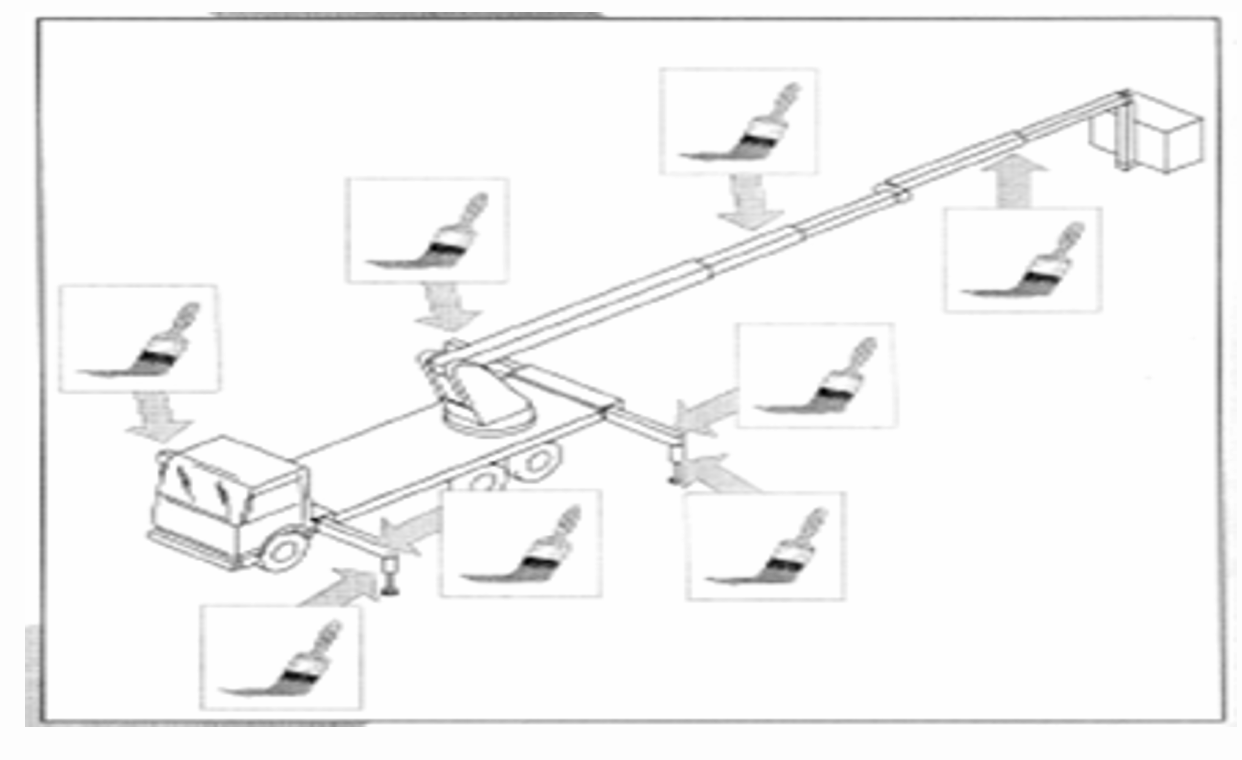
2.Key Inspection II: Insulation Boom and Outer Insulation Bucket Inspection
Check the upper insulation boom section , the lower boom section of auxiliary insulation, and cleanliness of the outer insulation bucket. Prevent contamination that could affect the performance of the insulation materials, leading to leakage current and safety hazards.
3.Key Inspection III: Inner Insulation Bucket Inspection
Inspect the inner insulation bucket for any obvious scratches (depth exceeding 1mm) to avoid safety hazards due to insufficient insulation strength.
4.The Overall Condition Check of Your Insulated Bucket Truck
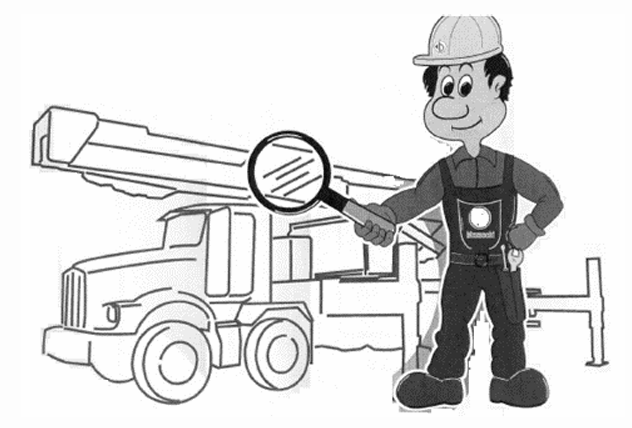
(1)Inspect the appearance of the work vehicle, especially for structural fractures or damage. If any issues are found, do not use the work vehicle and contact the manufacturer for repairs.
(2)Check for looseness in connecting screws and bolts. Special attention should be paid to the following critical fasteners: fasteners connecting the work platform to its support, fasteners connecting the turntable to the slewing bearing, fasteners connecting the slewing bearing to the auxiliary frame, fasteners connecting the main and auxiliary frames, and fasteners on each tension rod and pin.
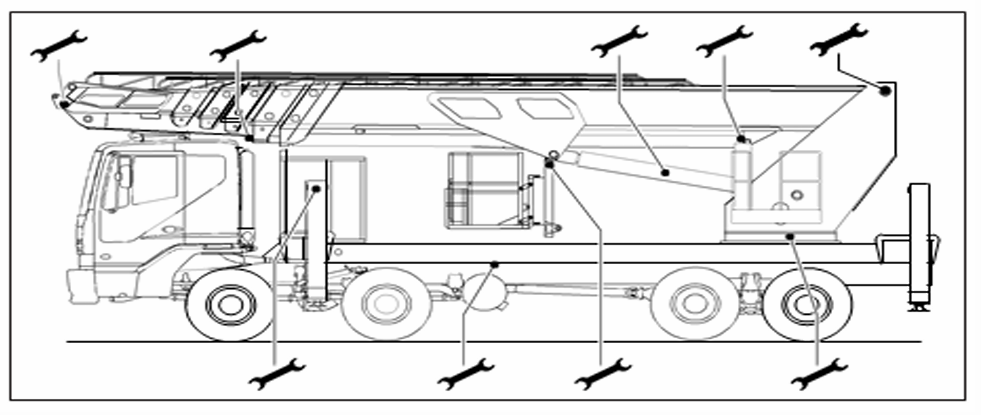
(3) Check the fastening condition of all pins for any damage. If any abnormalities are found, immediately stop using the machine and contact the manufacturer for repairs.
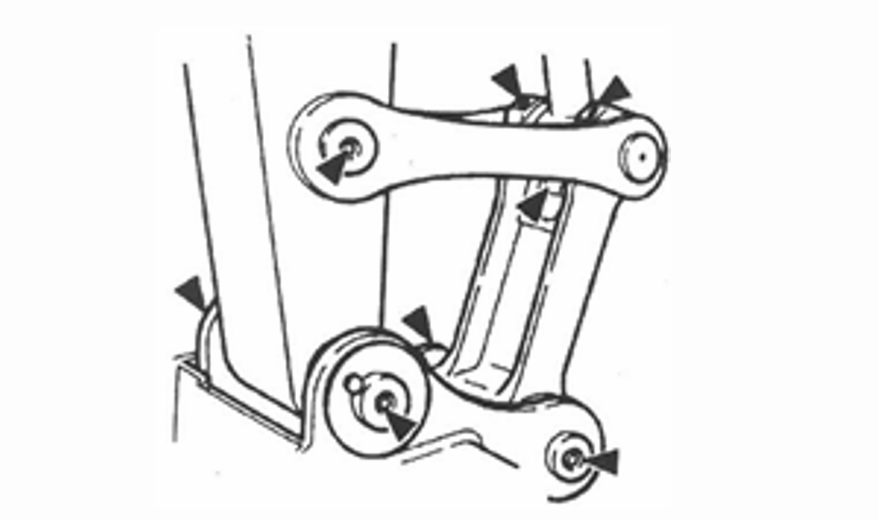
(4)Inspect for oil leaks. If any are found, they must be addressed. If oil leakage leads to insufficient oil levels, refill to the proper amount.
5.Buzzer Check
The purpose of the buzzer is to alert personnel nearby and on the basket, and to provide an alarm when the work arm is raised to its limit position. The inspection method is to enter the working state, press the buzzer button first, and confirm whether the sound is normal.
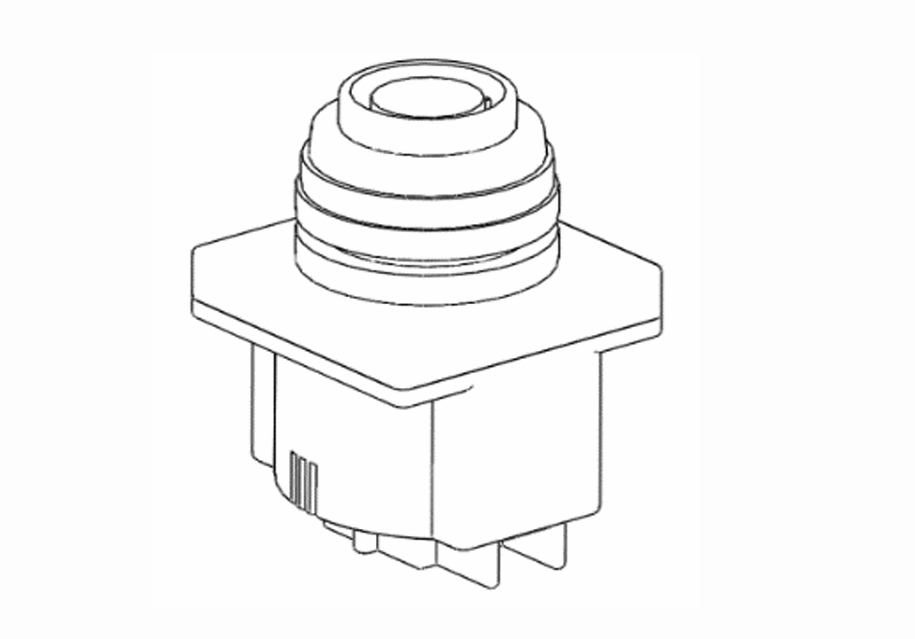
6.Battery
The battery is an essential component of the work vehicle and is crucial for its normal operation. If the battery is dead, the manual pump will not function in an emergency situation. Therefore, special attention should be paid to battery inspection, and it should be replaced immediately if it is unreliable.
Note: Disconnect the power supply before maintaining the battery and the electrical system of the work vehicle. Be cautious of solutions spraying out and burning yourself or others.
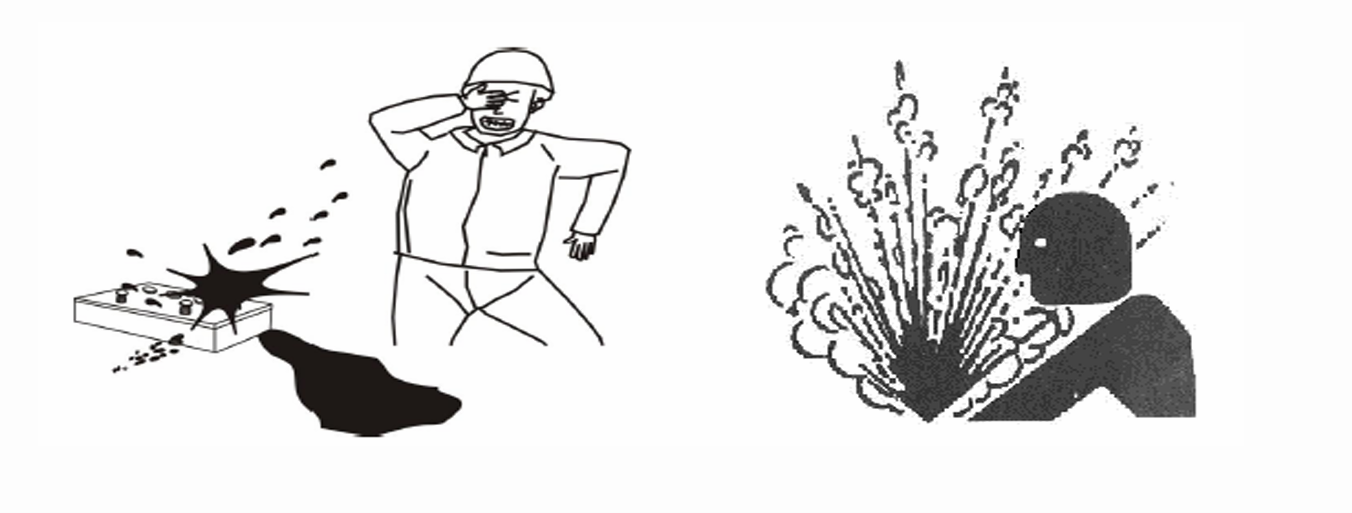
7.Check Main Oil Pump Operation
When extending the outriggers, check whether the lower pressure gauge reaches the maximum working pressure. If it cannot reach the set relief pressure, do not use the work vehicle. Perform necessary checks on the oil filter in the hydraulic system for blockages and any leaks.
8.Check Hydraulic Oil Level
Park the vehicle on a level surface and follow these procedures: The oil level in the hydraulic oil tank should not be below three-quarters of the oil gauge. If the oil level is insufficient, add hydraulic oil of the same brand until the correct oil level is reached. Note: To avoid damaging the hydraulic system, do not mix different brands or types of oil.

Proper upkeep of aerial lifts is essential to prevent accidents and maintain optimal performance. Routine checks and lubrications ensure all components function effectively. From inspecting the hydraulic system to checking battery and oil levels, each step is vital.
Recent Posts

October 26, 2016
The Most Successful Engineering Contractor
Sep 02, 2024
Bucket Operation Tips
